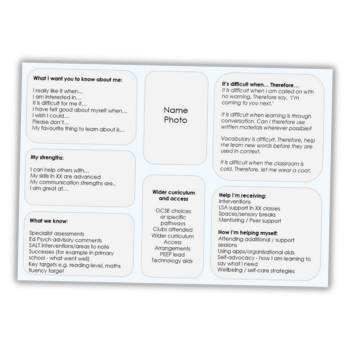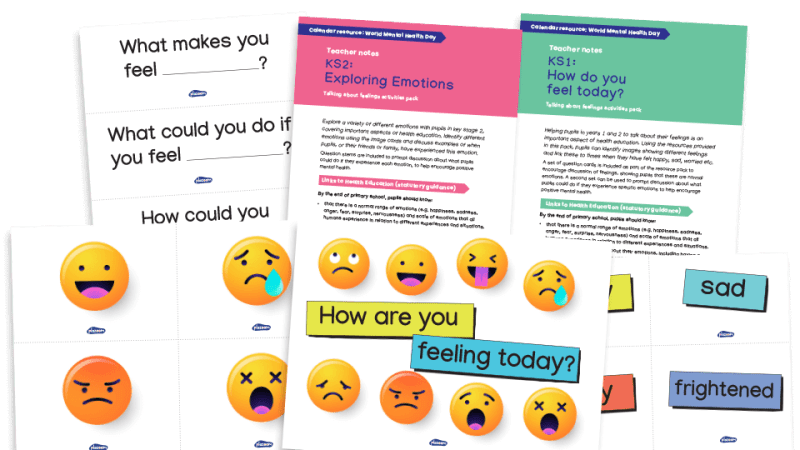Teacher supply – how your school can avoid falling short

Ollie Parsons considers the options schools have for finding the staff they’ll need to stay fully operational during what’s proving to be a long, cold winter…

The spectre of COVID-19 has continued to haunt school halls and hamper attempts to get education back on track.
A high infection rate among children has caused continuous disruptions to staffing, with teachers frequently having to self- isolate, leaving schools understaffed and senior leadership overstretched.
This problem has been further exacerbated by high rates of teacher burnout and pressure from Ofsted. The challenge for schools to stay open and fully operational will be an ongoing battle for months to come. So what solutions are available to schools, and how have they been managing so far?
Contingent staffing
The problem of contingent staffing is nothing new. Over the last three decades, schools in England and Wales have relied more and more upon agencies to plug the gaps, but the advent of the pandemic has shaken up the sector in ways no one expected. Flaws in the system have been highlighted, and there are growing pressures to find an alternative.
The last academic year saw significant increases on agency spend as schools and MATs sought to plug the gaps in their staff, but at the same time there seems to have been a shift in the education labour market, with more and more teachers applying for, and securing permanent contracts, leaving a severely depleted supply pool for the current academic year.
With competition as fierce as ever, and agencies all effectively drawing from the same supply pool, schools are now struggling to stay fully staffed and within budget.
In contrast, schools in Scotland have reported a different state of affairs. Our data indicates that around 20% of all reported absences since the start of their term in August have been COVID-related. However, their LA-led system has been much more robust and successful in dealing with sudden supply needs than its agency counterpart.
Agencies don’t exist in Scotland. Instead, each LA has its own dedicated list of pre-approved supply staff, each administered by an online booking platform.
Rather than using third parties to engage with teachers, each school has access to a digital system that matches their supply jobs against the supply staff in the pool, and puts them in direct contact with these teachers.
No margins
Using this platform has enabled schools to more readily respond to sudden staffing shortages. One of the largest secondary schools in Glasgow was able to face 81 days of COVID-related staff absence out of a total of 267 days of absence since the start of the 2021 autumn term, without having to pay a single agency fee!
A mix of dedicated supply pools and technology has given schools in Scotland the ability to circumvent altogether the need for agencies – and with that, time that would otherwise have been spent negotiating rates or worrying about compliance. Teachers are paid in line with their experience, with no agency margin added on top. Scotland’s system gives schools complete oversight of their expenditure, while allowing them to manage their budgets accordingly and ensure that they’re always on top of both staffing and price.
Across the education sector, more and more schools and LAs in England are now enquiring about technology-based recruitment platforms. As things stand, the Scottish system is a working, viable alternative.
The switch to digital classrooms prompted by the pandemic showed that schools can adapt to new systems and ways of working. This has now led to a greater demand for tech-based solutions in other areas, including recruitment and contingent staffing.
The agency model is long overdue a review; now is the time to embrace change and technology.
Ollie Parsons is an education recruitment specialist at Teacher Booker, which offers a range of services to help schools and teachers, providing impartial, confidential advice and practical solutions











